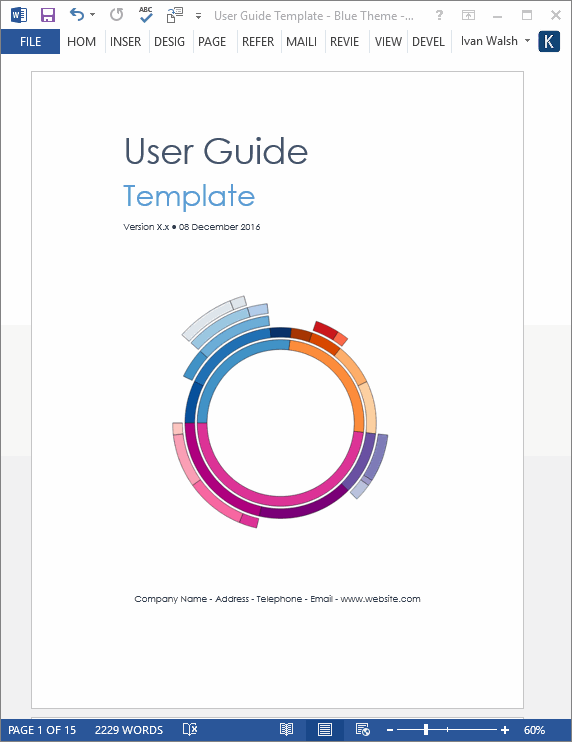Technical Writing
7 Ways to Improve Your Technical Writing
Is your technical documentation struggling to hit the mark? If your user guides are confusing software engineers or your getting started guides aren’t helping customers, then let’s look at how to fix this.
The challenge is translating complex information into clear, actionable content.
This article breaks down 7 practical, field-tested methods to elevate your technical writing. By the end, you’ll have a clear framework for producing documents that are precise, easy to understand, and valued by your audience.
Drawing on Klariti’s 20+ years of experience in creating professional technical documentation, we’ve distilled these core principles that our most successful clients use every day.
Here are seven ways to improve the quality of your technical documents.
Download: Technical Writing Templates
When you write a technical document, consider the following points:
1. Analogy – provide a comparison or analogy to describe how something abstract works.
Not everyone is as familiar with the system as you are. Try to help the reader along by giving as much direction as possible so they see the bigger picture.
Once they understand how the system works at a high level, they will have more confidence in reading the more technical details.
2. Break long sentences into shorter sentences. Don’t overwhelm the reader with long, meandering sentences, with endless clause and other waffle.
Keep to the point.
Use short sentences that focus on one action at a time. Avoid double negatives.
3. Definitions – create a list of definitions and acronyms. Always explain what the acronym means when it’s first encountered.
4. Glossary – make a glossary, even for a half dozen words. Again, avoid taking a superior attitude with the reader and forcing them to find out what technical terms may mean.
Be supportive of your readers.
They may be reading your technical documents when under stress or very tired. Don’t make a bad day worse by complicating things.
5. Graphics – Provide graphics to illustrate how something works. Flowcharts, state diagrams and use case diagrams are all very helpful.
6. Replace general, abstract, and objective words with concrete, specific, and simpler words.
7. Use terminology consistently. Don’t switch terms throughout the document.
If the document is written by several writers, and you’re the editor in charge, make sure to revise the document so that the tone, pace, and language is consistent.
These points are not meant to be all-inclusive. However, if you are new to tech writing, this should put you on the right road.

